Author: The Kernel, and Eric G. Meyer
When Four Corners reached out for their nuclear energy episode, I was thrilled. Here was a chance to share insights about nuclear power’s role in our clean energy future with the oft-nuclear skeptical Australian audience. I was also a bit confused. Why weren’t they talking to the vanguard of pro-nuclear advocacy in Australia– folks like Will Shackel of Nuclear For Australia or Dr. Mark Ho of the Australian Nuclear Association? The producer told me that they were aware of these folks, but that they were trying to do a story on how popular nuclear was in the US, so they wanted American nuclear advocates. I thought, “Well, maybe this could work…” Like Australia, my home state of Minnesota has a blanket ban on building new nuclear power stations, and we’ve been making a lot of progress toward lifting it.
Finally, the day for the interview came, and for over two hours I shared about our progress toward lifting our nuclear ban– about the coalition of unions, businesses, and climate scientists like Dr. James Hansen supporting this effort and how we’d seen several members of the DFL (our flavor of the democratic party) come around to supporting it, and legislation to do so passing out of one of our legislative chambers.
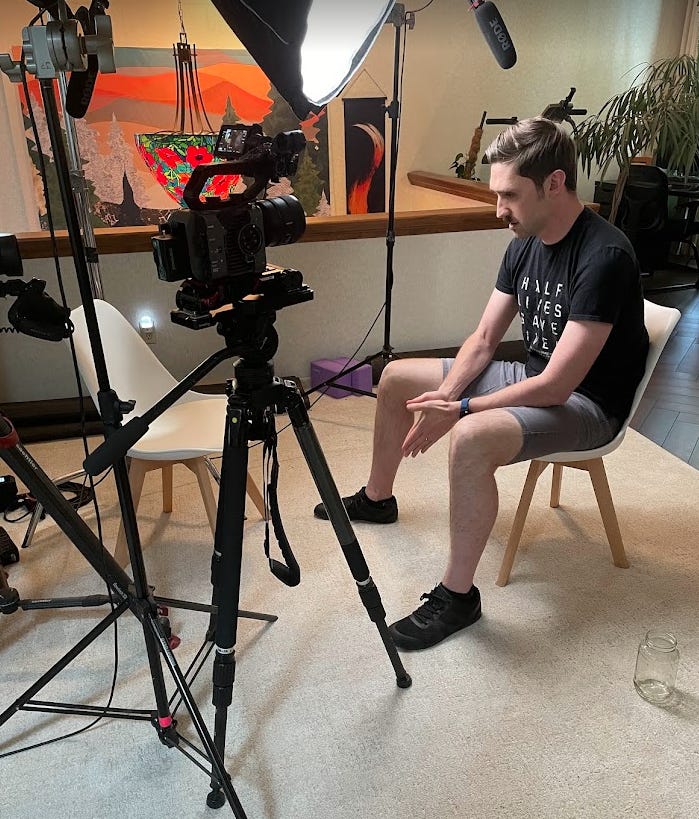
I spoke about how we were able to remove an anti-nuclear plank from the party platform thanks to our grassroots efforts. None of this made it into the final cut. There were many things we discussed that would have added helpful context and nuance to the nuclear conversation in Australia that were also excluded, and I’ll go over a few of those now.
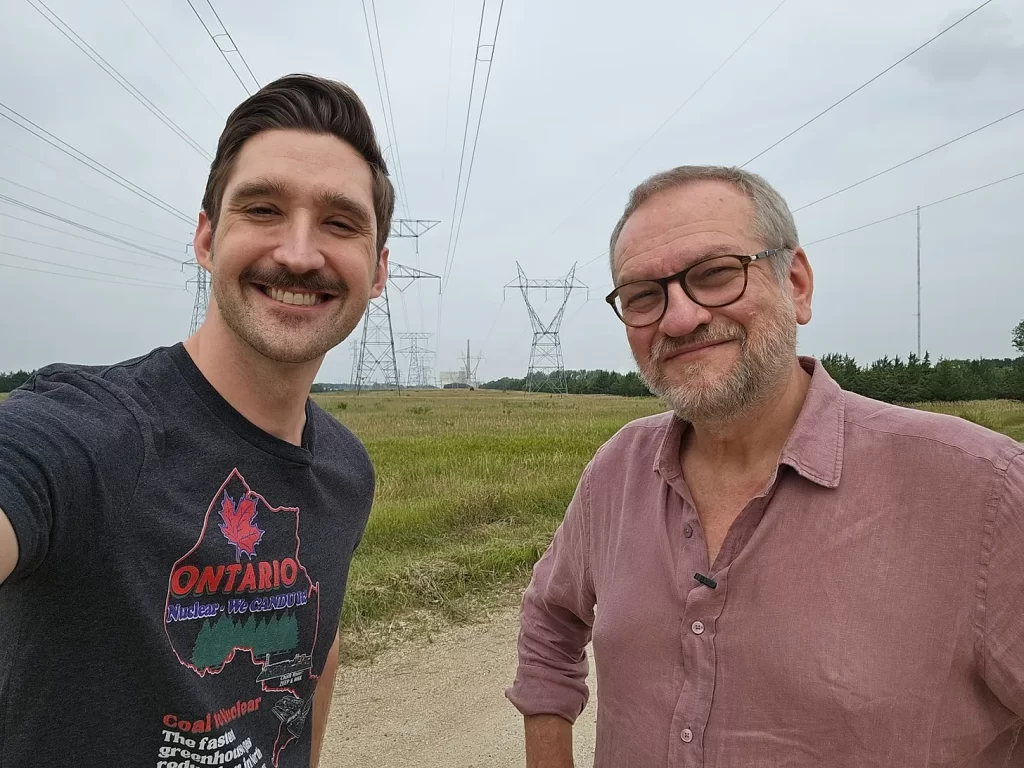
What They Got Wrong
THE IMAGERY – The title, “Nuclear Gamble” and the depiction of a radioactive cooling tower in the promotional graphics and montages throughout the documentary were an instant tipoff that it might not be a balanced piece of journalism. This false idea that cooling towers are spewing radioactive gas was only briefly refuted in a clip from a Kayley Cunningham TikTok video, seen during my segment. And of course, we heard some fairly dramatic and scary-sounding music throughout, subtly telling viewers that this is dangerous, high-stakes stuff we’re talking about here. Note– they did update the video thumbnail after being called out by Nuclear for Australia, but obviously the anti-nuclear imagery in the piece itself remains.
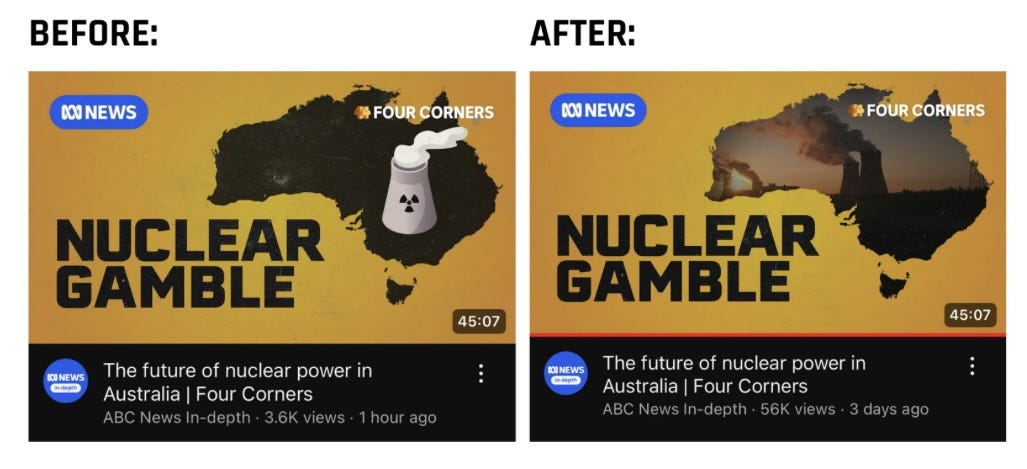
COST – A central focus of the documentary was the supposed cost-prohibitive nature of nuclear energy. The US’s newest nuclear plant (and first built in decades) Vogtle 3 & 4 was presented as unassailable evidence for this contention, which made the omission of Vogtle’s cost reductions between units 3 and 4 all the more glaring. A recent report from the Department of Energy has shown a 20% cost decrease between Units 3 and 4 (page 51). It’s intuitive when you think about it, but the “Nuclear Gamble” obscured this important concept– that the more you build anything, the better at it you become, and the greater the cost declines per unit produced.
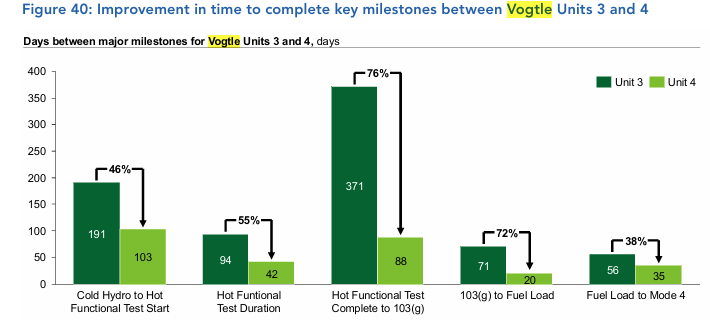
The CSIRO GenCost study was also trotted out as proof that nuclear economics were simply unworkable. This study assumes nuclear plants have no value past 30 years, despite U.S. plants operating reliably for up to 80 years. This skews the entire economic picture.
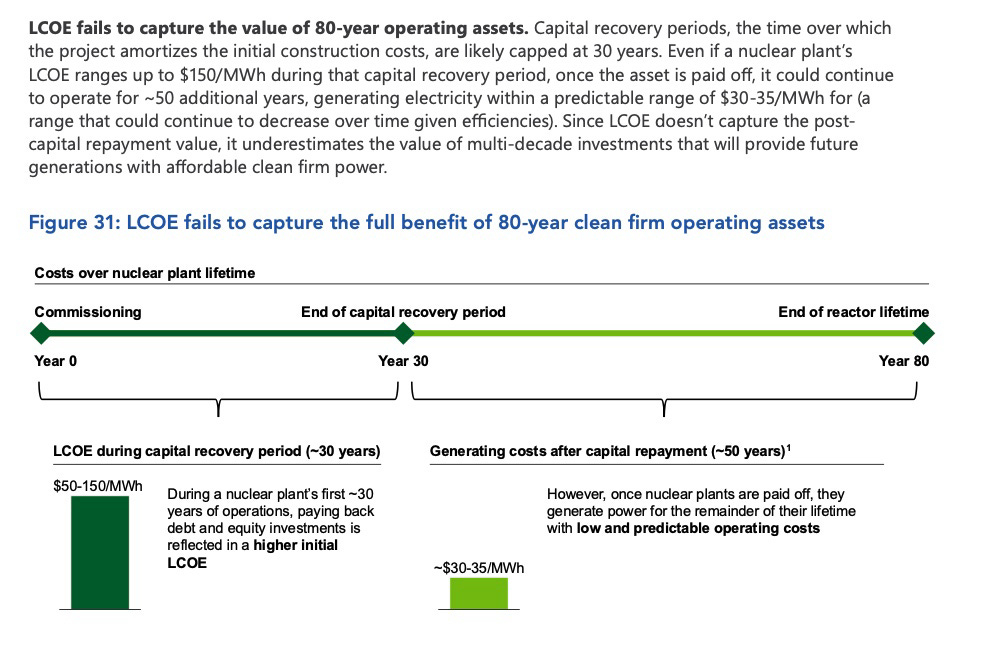
They also didn’t discuss system costs in a meaningful way, and therein lies a key advantage of having nuclear in your energy system– you don’t need to build as much additional equipment to ensure your power is where you need it (transmission lines), and when you need it (storage). That’s why we see power prices increasing in places that have large penetration of wind and solar without hydro to back it up and store extra energy.

“NUCLEAR HAS NEVER STOOD ON ITS OWN FEET; REQUIRES SUBSIDIES [unlike Wind and Solar]”
This claim is made by Stephanie Cooke, who has spent most of her career writing anti-nuclear articles. A quick google search on this question unveils a 2023 study from the Energy Information Administration that estimates solar and wind have received 76 and 17 times the subsidies that nuclear has per unit of electricity produced.
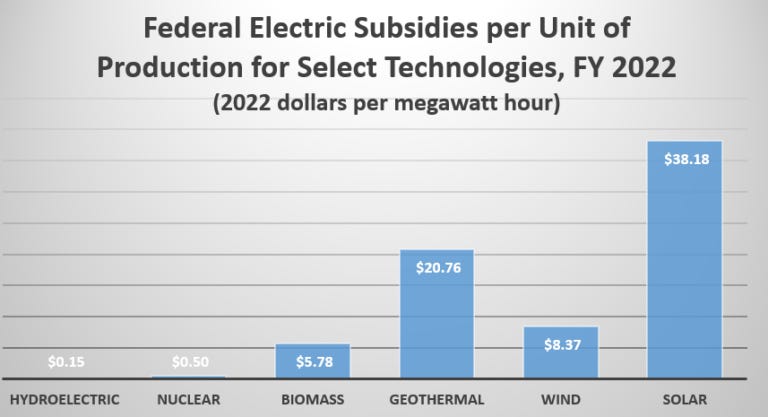
What They Left Out
AUSTRALIA’S URANIUM INDUSTRY – As a top 3 producer of uranium globally, this is a huge notch in the pro column for nuclear in Australia. The vast majority of wind and solar components lie in the Chinese supply chain, which becomes more problematic and fragile as time goes on. To diversify away from that and towards domestically produced energy, it doesn’t get any more straightforward that Australia moving towards producing a large share of their power, and eventually primary energy from local uranium.
JOBS – Wind and solar create jobs. Nuclear plants create careers. Jobs in the sector pay nearly double (page 17) what solar jobs do and last for generations. Solar jobs are transient and temporary construction jobs by nature. Nuclear positions are more unionized, offering better benefits and worker protections. Coal communities get this, and would be much better served being repowered with a nuclear station than the more temporary and lower-paying jobs you see in wind and solar.
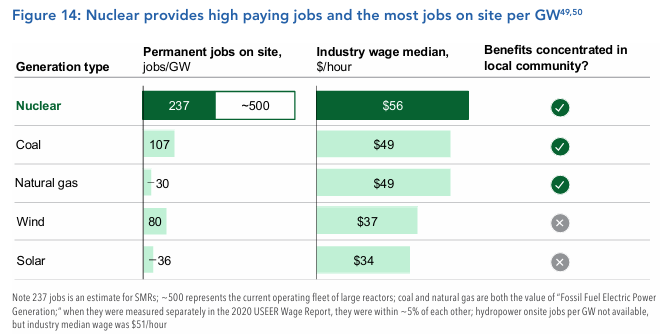
GROWING GLOBAL SUPPORT – At COP28, 25 countries, including the United States, pledged to triple their nuclear supply to help reach net-zero by 2050. This past month fourteen giant international financial institutions also pledged their support. Several countries have big nuclear buildouts in progress or in their plans, and this trend was not conveyed in the documentary.
FRANCE VS. GERMANY – There exists an excellent real-world experiment on countries that pursued the nuclear path vs. those that have exited it. It’s France vs. Germany. The results speak for themselves, with Germans spending unfathomable amounts of money and deindustrializing in order to make extremely modest emissions reductions– all because they didn’t simply keep their nuclear plants online.

LAND AND MATERIALS USE – Maybe in a country like Australia that has a ton of extra land, this isn’t as much of a concern, but as someone who cares about the environment, one of the biggest selling points of nuclear for me is the tiny physical footprint of the power generation. Mining is also another huge consideration.
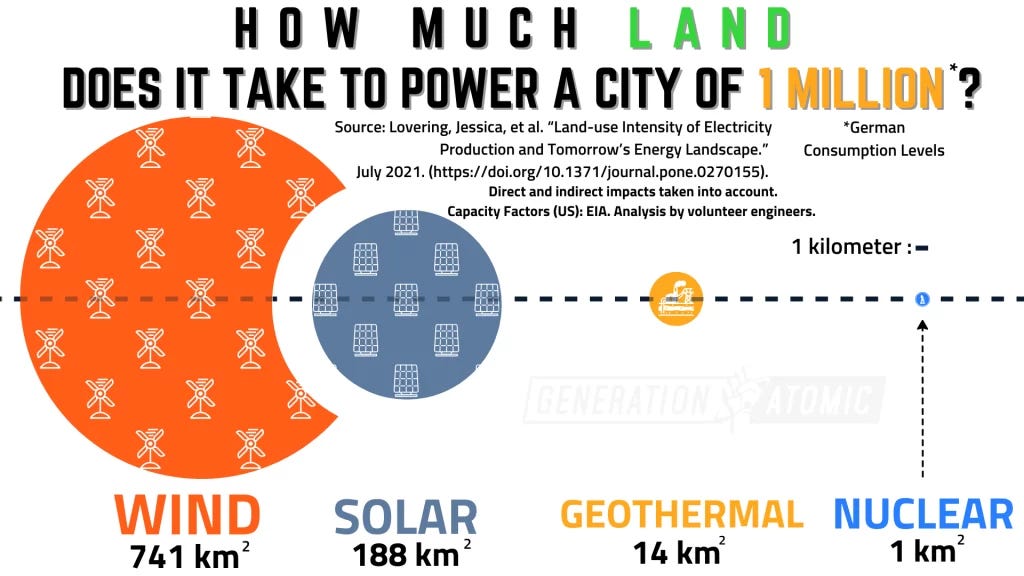
I had to chuckle a little bit at the documentary title, Nuclear Gamble, thinking back to one of my first pro-nuclear advocacy memories– handing out 5000 copies of the book “Climate Gamble” to attendees of the Paris Climate Talks in 2015 (COP21). The subtitle of that book is “Is anti-nuclear activism endangering our future?” and the answer then, as it is now, is yes.
Four Corners missed an opportunity to provide a comprehensive view of nuclear power’s potential. But this has sparked a conversation that we can build upon. It’s up to us to continue pushing for accurate information and thoughtful policy discussions that truly consider nuclear in our fight against climate change.
Will Shackel and Nuclear for Australia, which I mentioned earlier, have been taking Four Corners to task over issues with this piece. I encourage you to read their fact check, their call for ABC to take the episode off the air, and sign their petition to repeal Australia’s nuclear ban.


